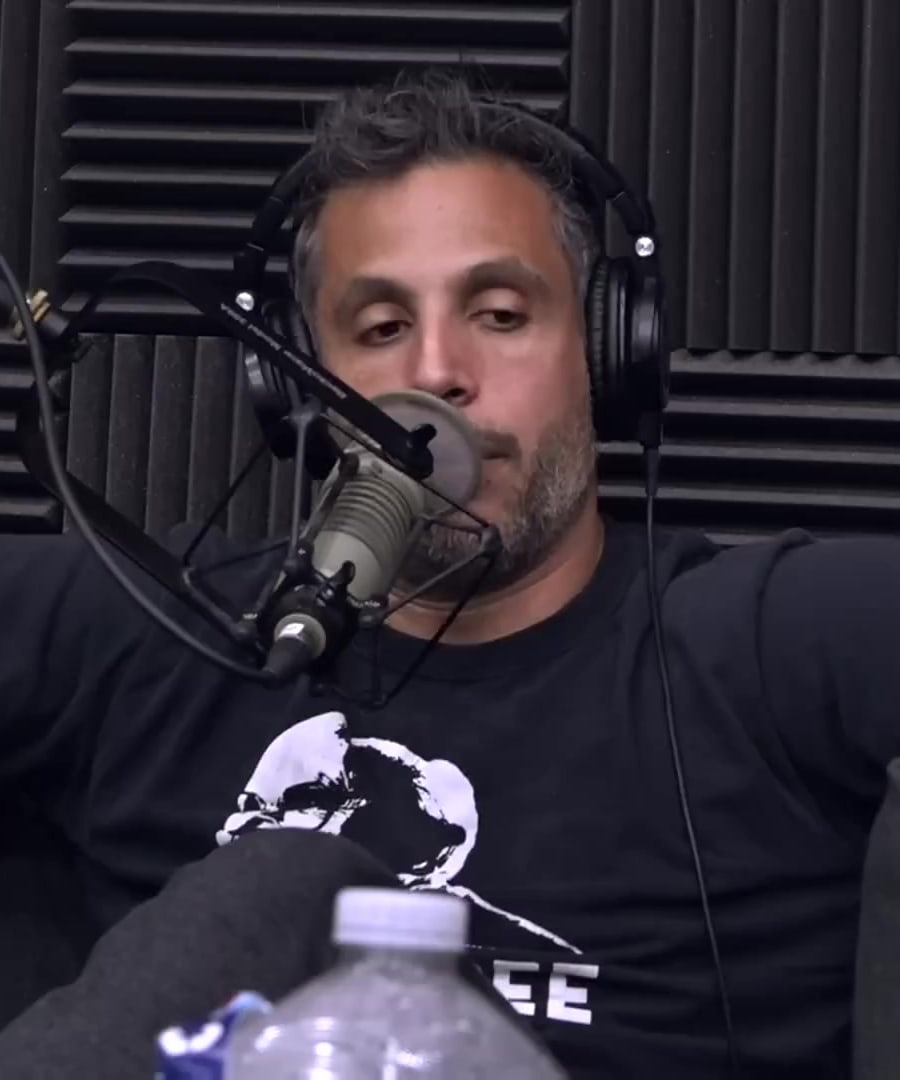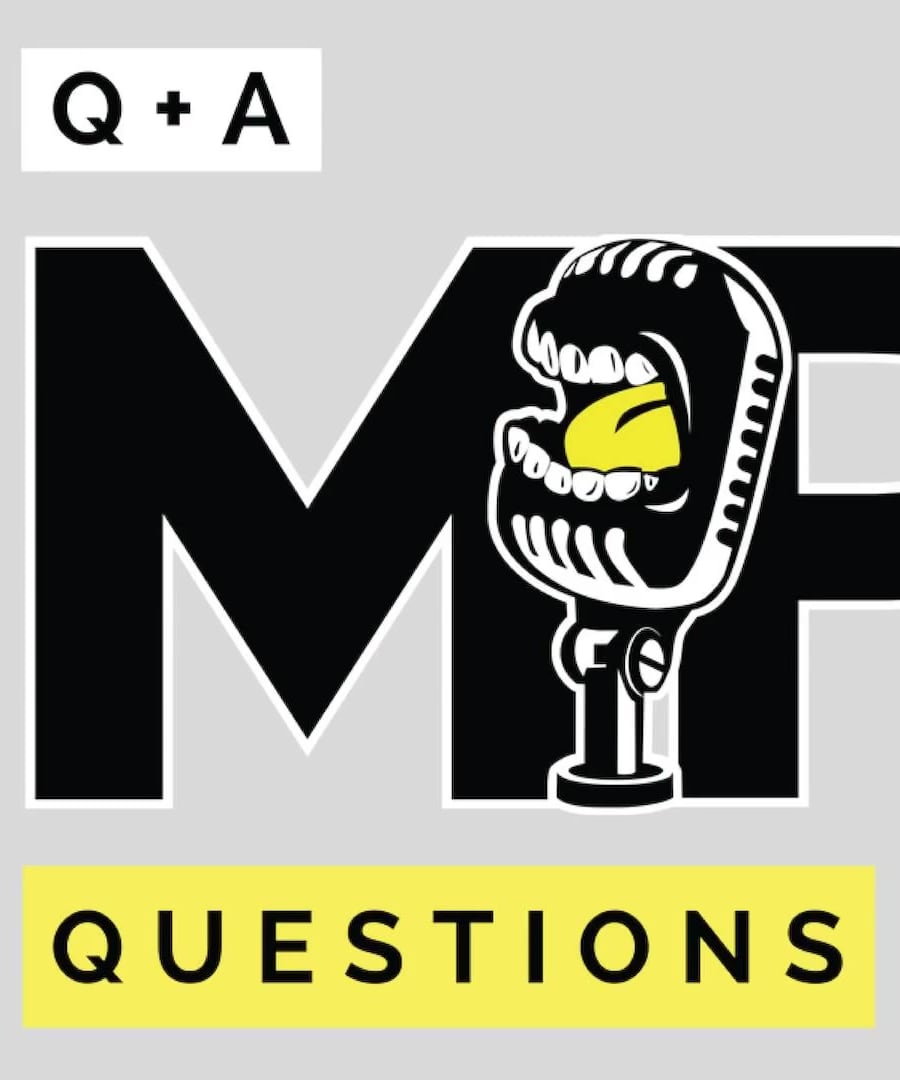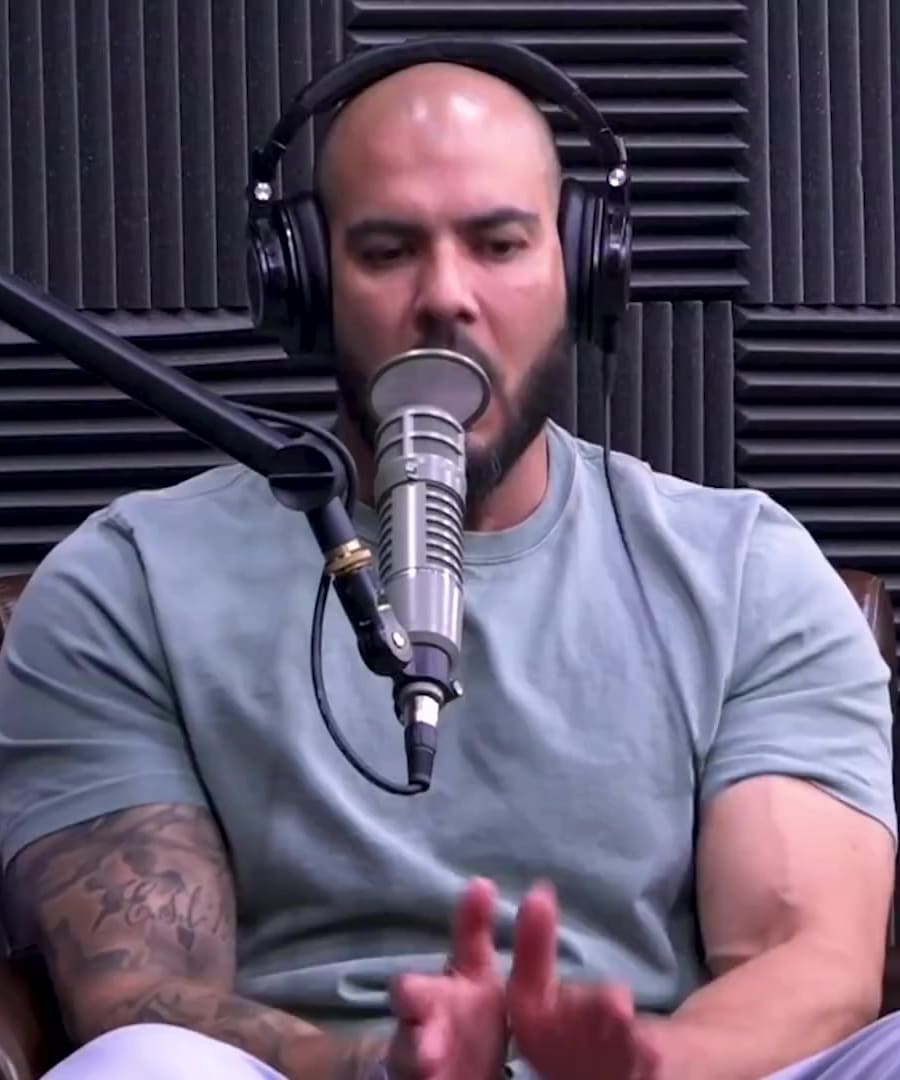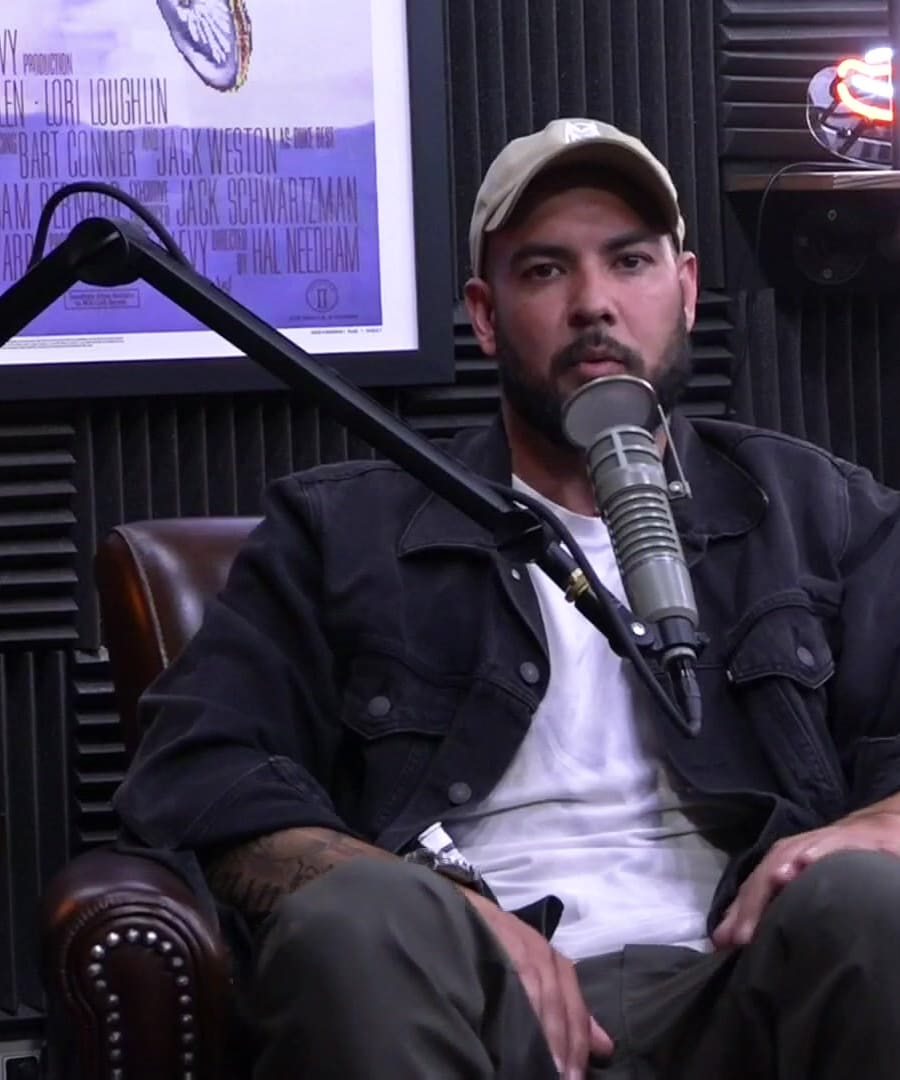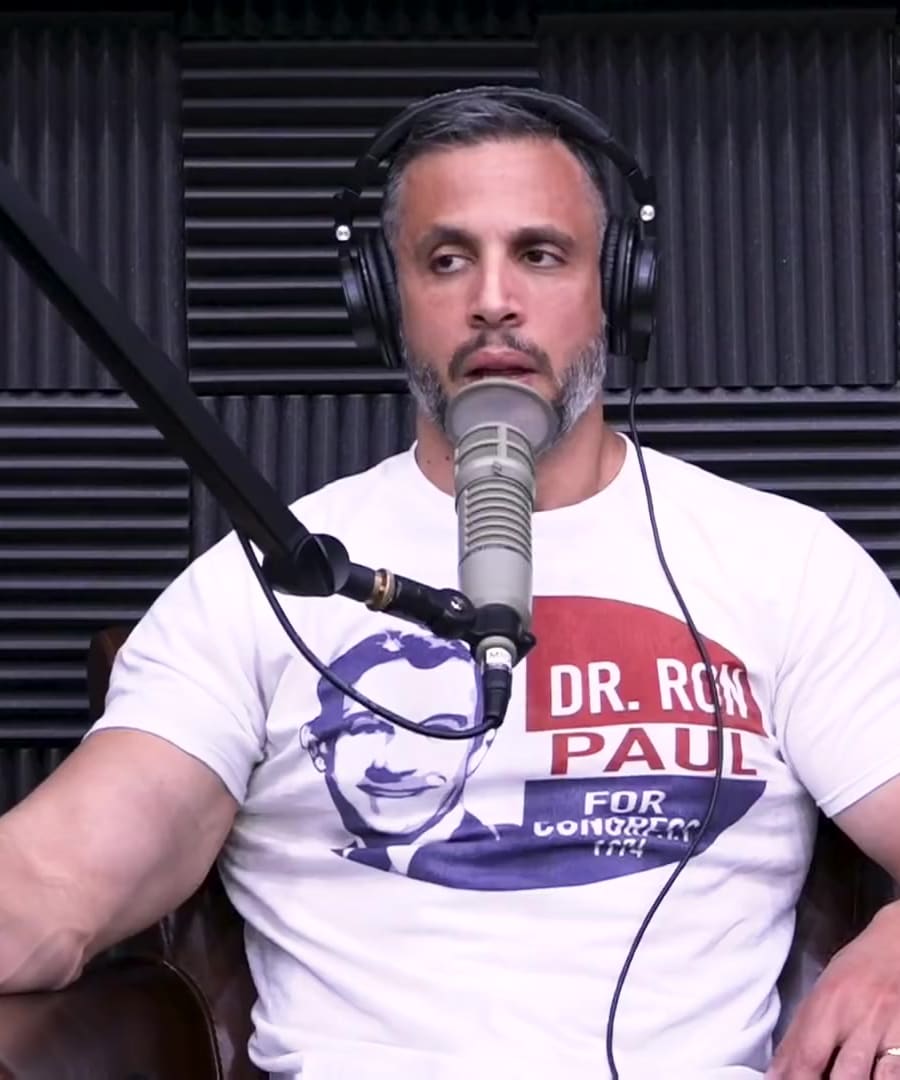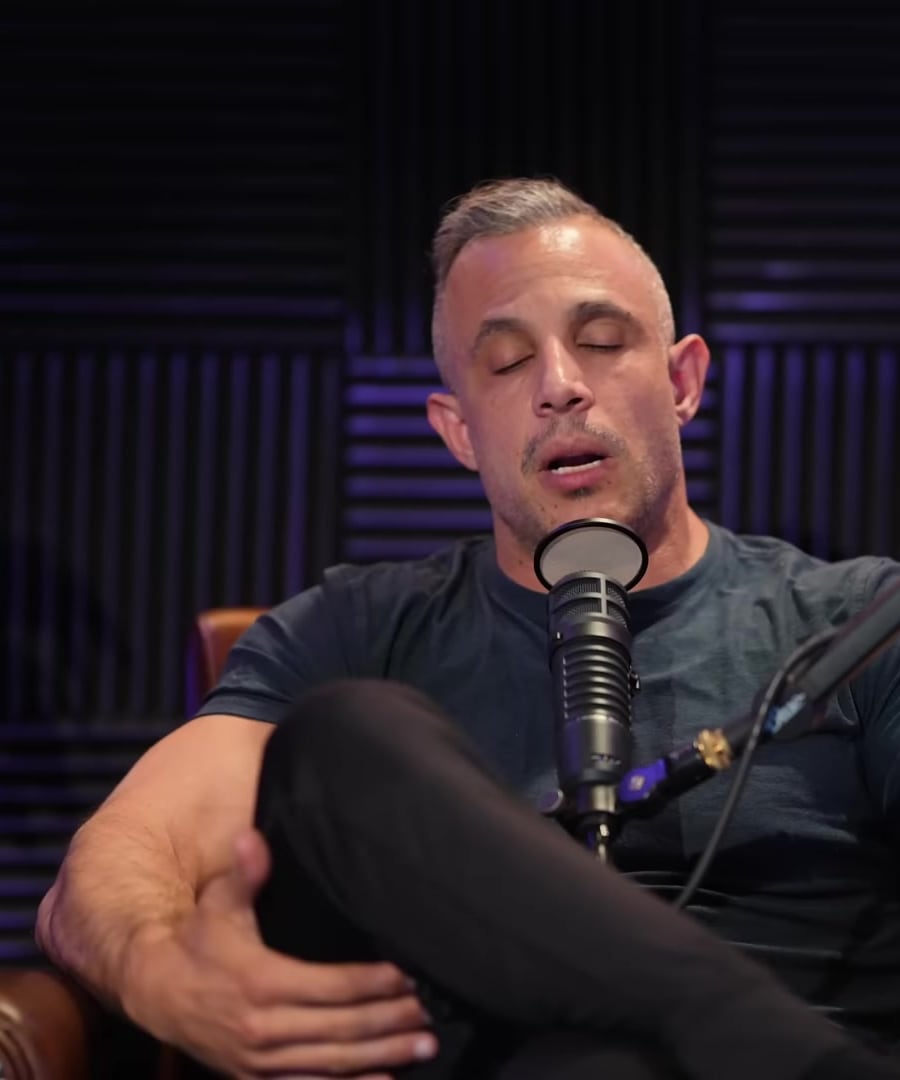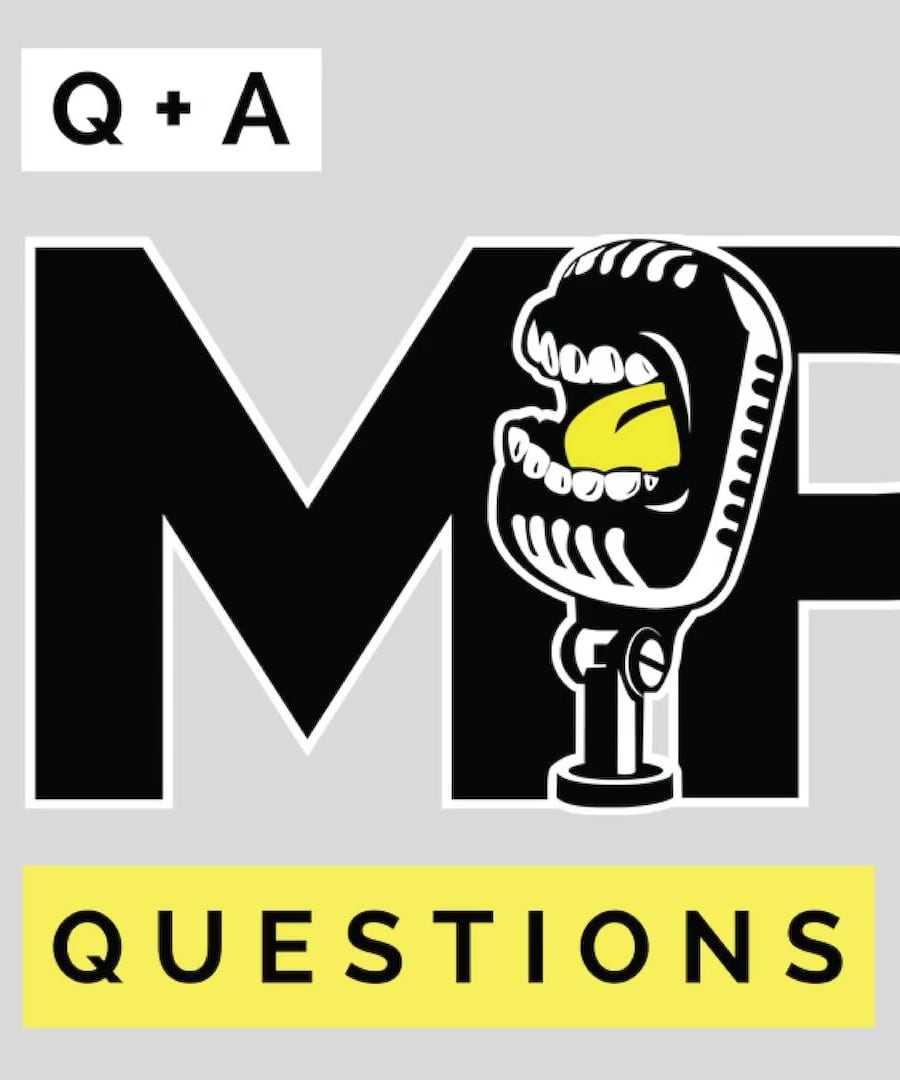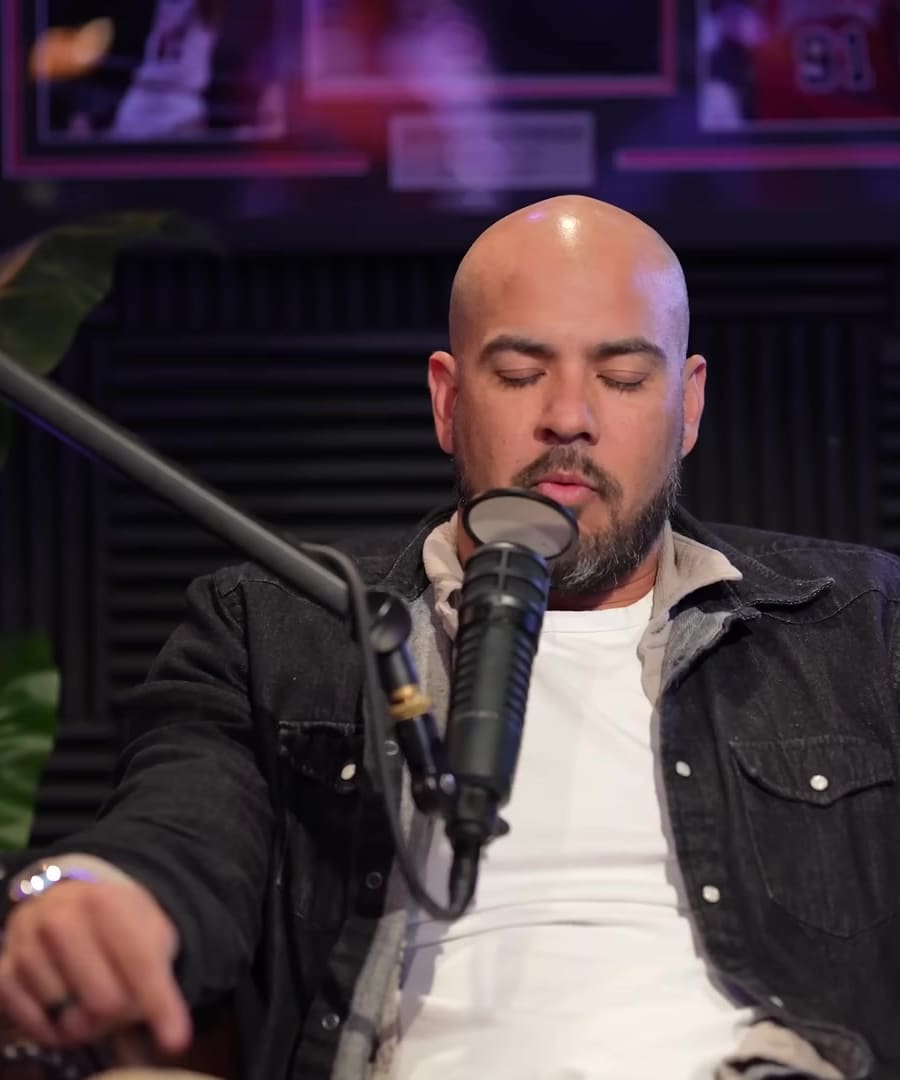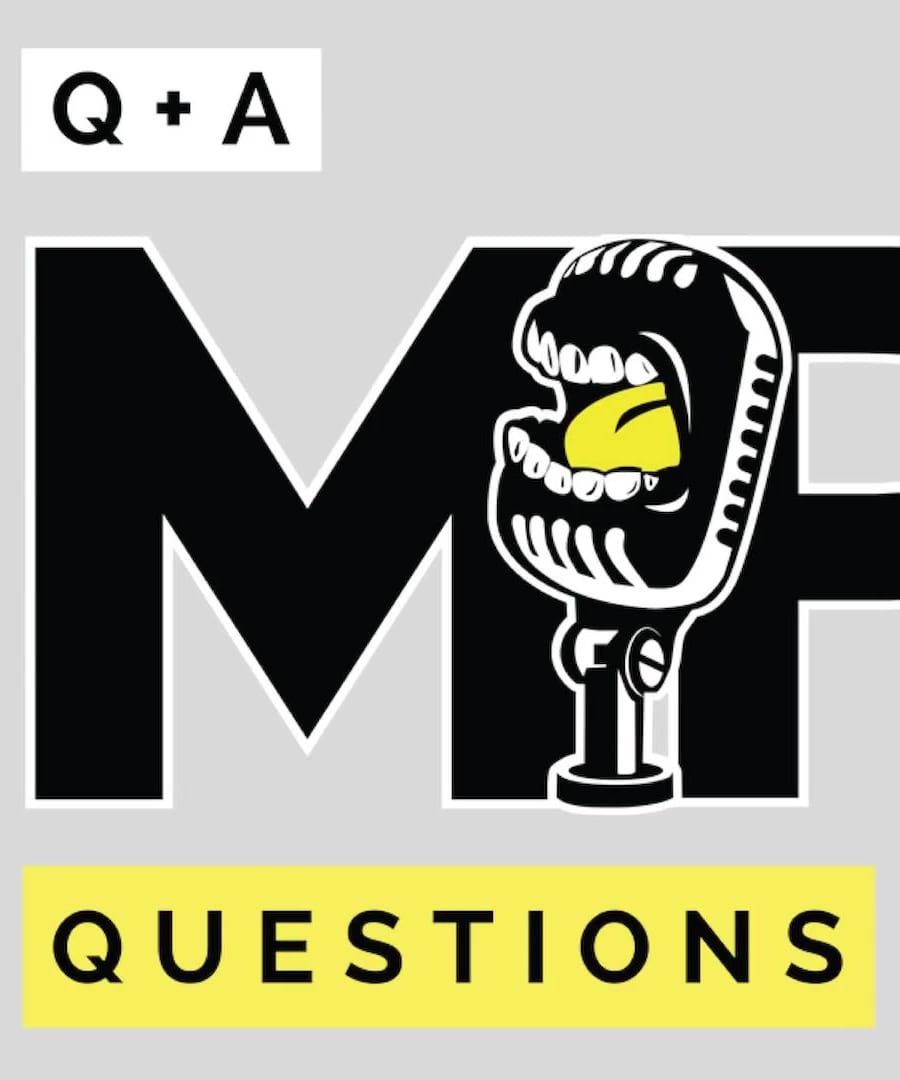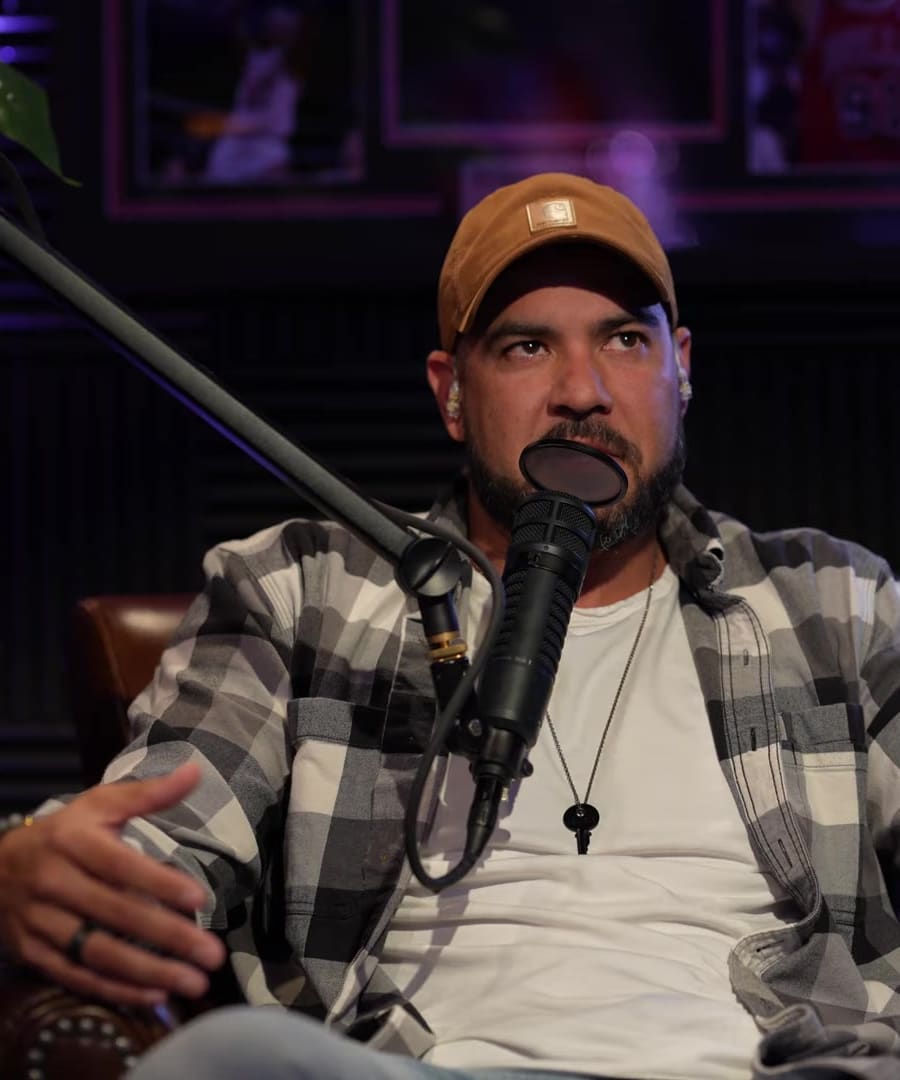When should one stop the bulking or cutting phase?
Sources:
To determine when to stop bulking or cutting, there are several signs and strategies that and from the Mind Pump Podcast suggest:
Stopping a Bulking Phase
- When strength gains plateau regardless of programming and calories 1.
- If body fat increases without muscle gains or there's a decrease in how much food you can comfortably eat 2.
- Pay attention to excessive fat gain, energy loss, and signs of desensitization to additional calories 3.
Stopping a Cutting Phase
- If gym performance declines significantly.
- Experiencing low libido, extreme fatigue, or obsessive thoughts about food 2.
General Strategies
- Use mini cuts or mini bulks (2 to 4 weeks tops) to break up longer bulking or cutting phases 1.
- Set body fat percentage goals and reverse direction when those are hit 3.
- Maintain balance by spending more time in the phase that aligns with your primary goal 4.
- Consider a short bulk or maintenance before resuming a cut or starting a bulk to promote sustainability 5.
Variable Approaches
- Utilize individual variance to decide the length of each phase - pay attention to how the body responds and adjust accordingly 6.
- Alternate between mild bulks and cuts to prevent metabolic adaptation, preserve muscle, and manage body composition 7.
Ultimately, it seems crucial to listen to your body's signals, adjust as needed based on your primary goals, and not stick to one phase for so long that it becomes detrimental. Additionally, injecting short phases of the opposite approach can help maintain progress and mitigate any adverse effects.
RELATED QUESTIONSCan you share more strategies for bulking and cutting phases?
Sources:
Here are more strategies for both bulking and cutting phases based on advice from the Mind Pump Podcast:
Bulking Strategies
- Balance Intensity and Volume: During bulking, you can handle more volume and intense workouts because you're consuming more calories 1.
- Diet Manipulation: Consider your appetite and the type of diet that will stimulate your hunger during bulking. Implement diet strategies that enable you to achieve a caloric surplus effectively 2.
- Nutrient Timing: Some find it easier to hit calorie targets by consuming leaner, high-protein meals earlier in the day, followed by more calorie-dense meals later 2.
- Transitioning Between Phases: When moving from cutting to bulking, use programming changes and a novel stimulus in your workout to align with the new diet phase 3.
- Altering Surplus and Deficit: Spend slightly longer in a caloric surplus than in deficit within a cycle if you're focused on muscle building - this could look like three weeks bulking, one week cutting 4.
- Novel Stimulus: Switch workout programs entirely for an even more effective transition between bulking and cutting to maintain or build muscle 5.
Cutting Strategies
- Reduce Volume: Lower workout volume since your body can't handle as much stress in a calorie deficit 1.
- Preserve Muscle Through Diet: Aim to fulfill protein requirements and use diet, rather than excessive exercise, to promote fat loss while preserving muscle 6.
- Psychological Component: Focus on diets that minimize appetite when cutting to make sustaining a calorie deficit more manageable 2.
General Approaches
- Phase-Specific Training: Align your training phases and rep ranges with your diet phases, switching your training focus together with your nutrition plan to promote muscle growth or retention 4.
- Mini Bulk and Mini Cut: Use short periods of caloric surplus or deficit to prevent metabolic adaptation, maintain appetite, and promote better assimilation of nutrients 7.
- Rep Ranges: Work within a wide rep range (1-20 reps), and switch it up often to deliver a novel stimulus to the muscles. The most effective rep range is often the one you haven't been doing 8.
Implementing these strategies should help not only in maximizing the effectiveness of bulking or cutting phases but also in transitioning smoothly between them while maintaining muscle mass and overall health.
RELATED QUESTIONS
